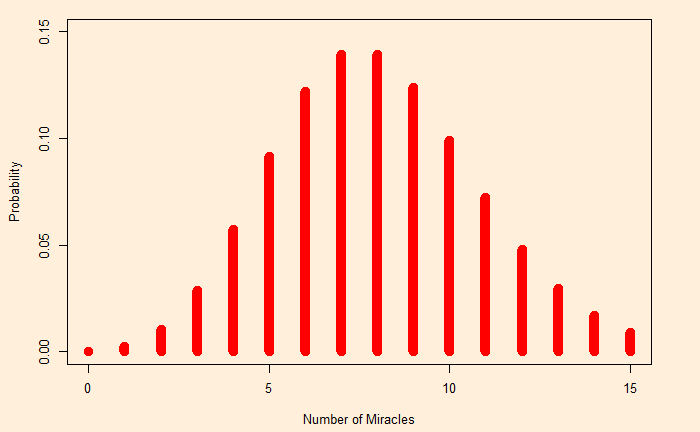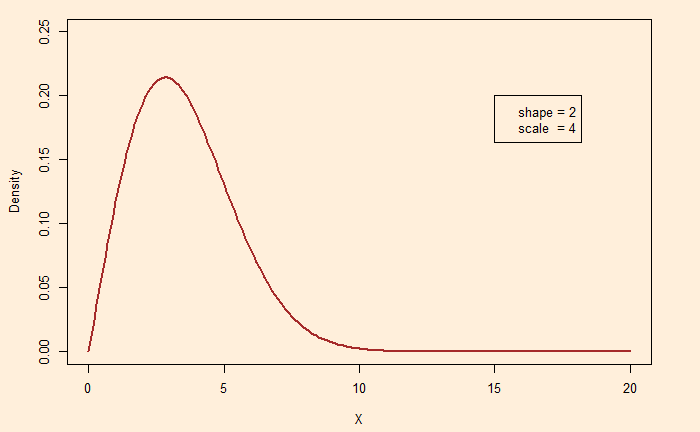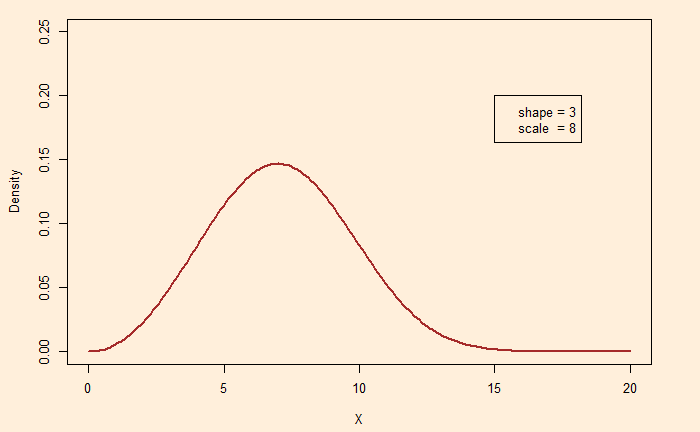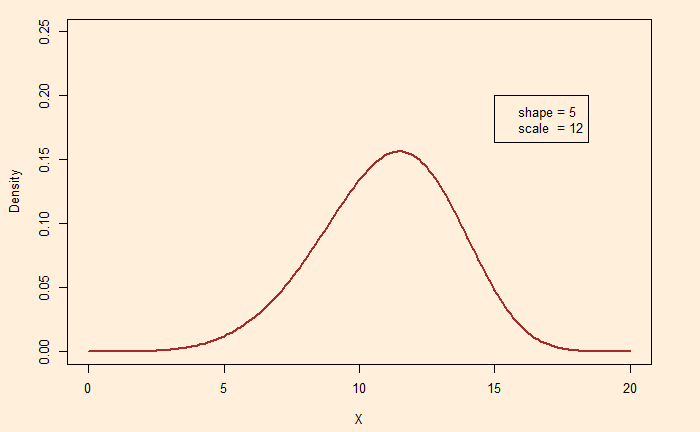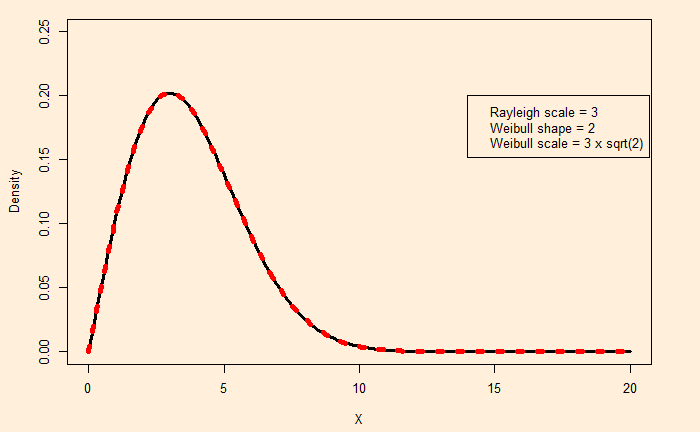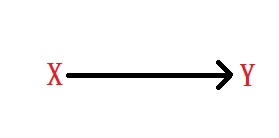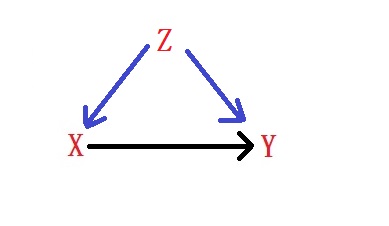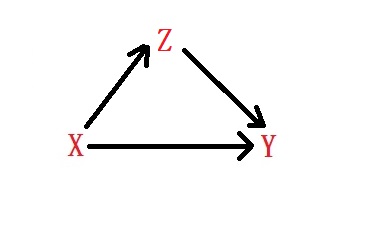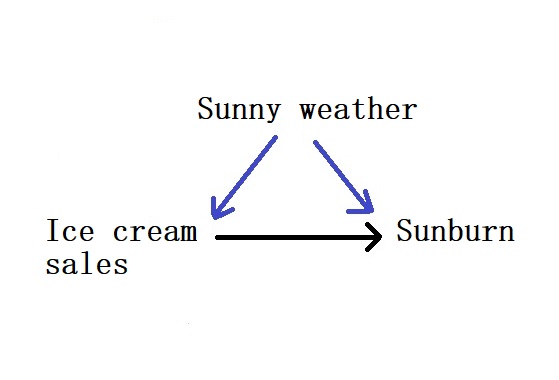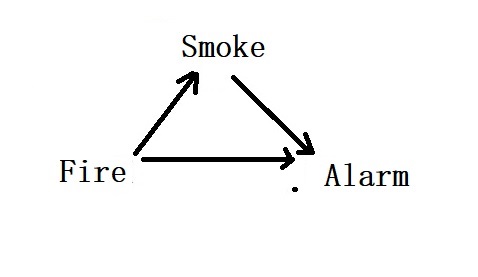Shapley Value
Three people – Andy, Bichel and Carol decided to share a taxi to reach their homes. Andy will get down first, where the taxi fare if travelled alone, would have been $5; Bichel should have paid $10 and Carol 25. How should they divide the taxi fair?
It does not make sense, Andy – $5, Bichel $10 and Carol $25 as it would mean paying $40 for the taxi!
It’s not fair on Andy if he is asked to pay 5, Bichel 5 (10-5, marginal fare) and Carol 15 (25 -10).
Lloyd Shapley introduced a concept known as the Shapley Value, based on the notion of fairness to divide the payoff among all the coalition members.
The Shapley value is the average of marginal contributions of all the permutations of the three individuals. First, how many permutations are possible? It is 3! or 6.
ABC
ACB
BCA
BAC
CAB
CBA
The marginal contribution is calculated assuming A, B, and C came to the coalition in that order. ABC implies A comes first and pays 5, B comes then and pays his fare minus (-) what is already paid (10-5), and C pays 25 – 10. In the same way, CAB means C pays 25, A pays 0, and B pays 0. Let’s tabulate the marginal contributions.
| Combination | A | B | C |
| ABC | 5 | 5 | 15 |
| ACB | 5 | 0 | 20 |
| BCA | 0 | 10 | 15 |
| BAC | 0 | 10 | 15 |
| CAB | 0 | 0 | 25 |
| CBA | 0 | 0 | 25 |
| Average | 10/6 = 1.67 | 25/6 = 4.17 | 115/6 19.17 |
The Shapley value of Andy is $1.67
The Shapley value of Bichel is $4.17
The Shapley value of Carol is $19.17
If you add all the contributions up, you get $25.
